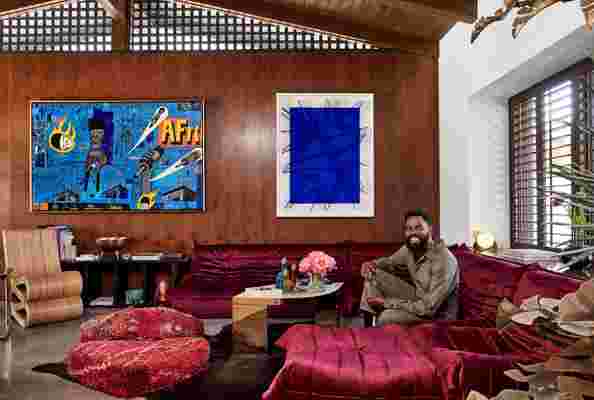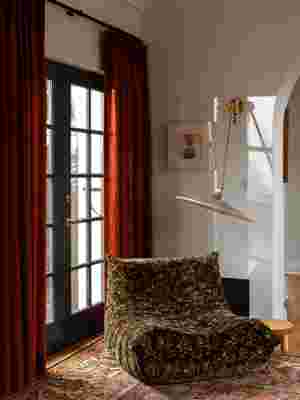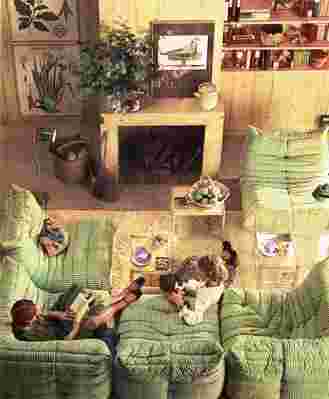They say the best ideas come in the shower. But what about while standing at the sink? Such was the case for French designer Michel Ducaroy, who, one morning in the 1960s, examined his aluminum toothpaste tube, which, he said, “folded back on itself like a stovepipe and closed at both ends.” One quick sketch later it inspired his most recognizable design—Togo, a cushy, crimped, ground-hugging sofa series. Unveiled at Paris’s Salon des Arts Ménagers in 1973, the hunk of foam wrapped in quilted polyester that Ducaroy designed for Ligne Roset was met with skepticism. “The main shock was that it had no base,” recalls Antoine Roset, global marketing director and a great-great-grandson of Ligne Roset’s founder. “People thought we forgot or didn’t have time to build one.” Still, Togo won the René-Gabriel prize for high quality at a fair price. Its comfort soon swayed the naysayers, becoming an icon of groovy 1970s-era design with a range of modular sizes that could be mixed and matched. Comfy, affordable, and easy to move, Togo has a dedicated fan club: Musician and designer Lenny Kravitz installed a quartet in his Paris town house; more than a decade ago, Kelly Wearstler placed one in her kids’ room in Beverly Hills. But in the last year or two, a new crop of young, Instagram-savvy design lovers has gone gaga for Togo (there’s even been a recent proliferation of Togo memes). “It’s kind of like sitting on a cloud,” says Ed Be, cofounder of the Brooklyn design destination Lichen, where Togos are a top client request. (Ligne Roset sells new ones from $2,645, but vintage models—particularly in leather—still carry a certain cachet.) “It relieves the joints and forces you to recline ever so slightly.” Other disciples include actor Colman Domingo, collector-dealer Jonny Ribeiro, and French fashion insider Clara Cornet, who reports that her faux-leather Togo is equal parts stylish and kid-friendly. Plus, she gushes, “It’s the coziest!” ligne-roseom —Hannah Martin



